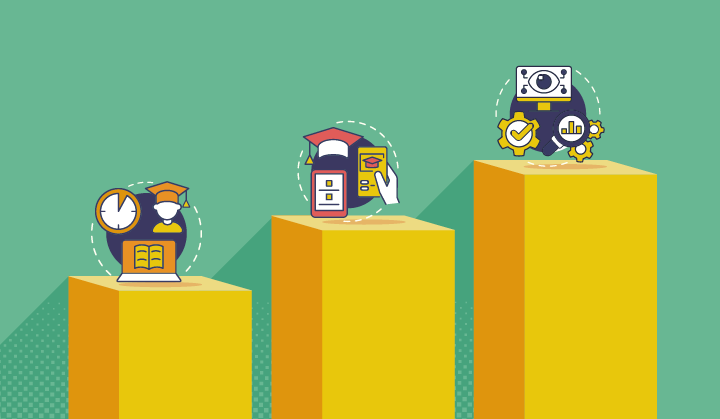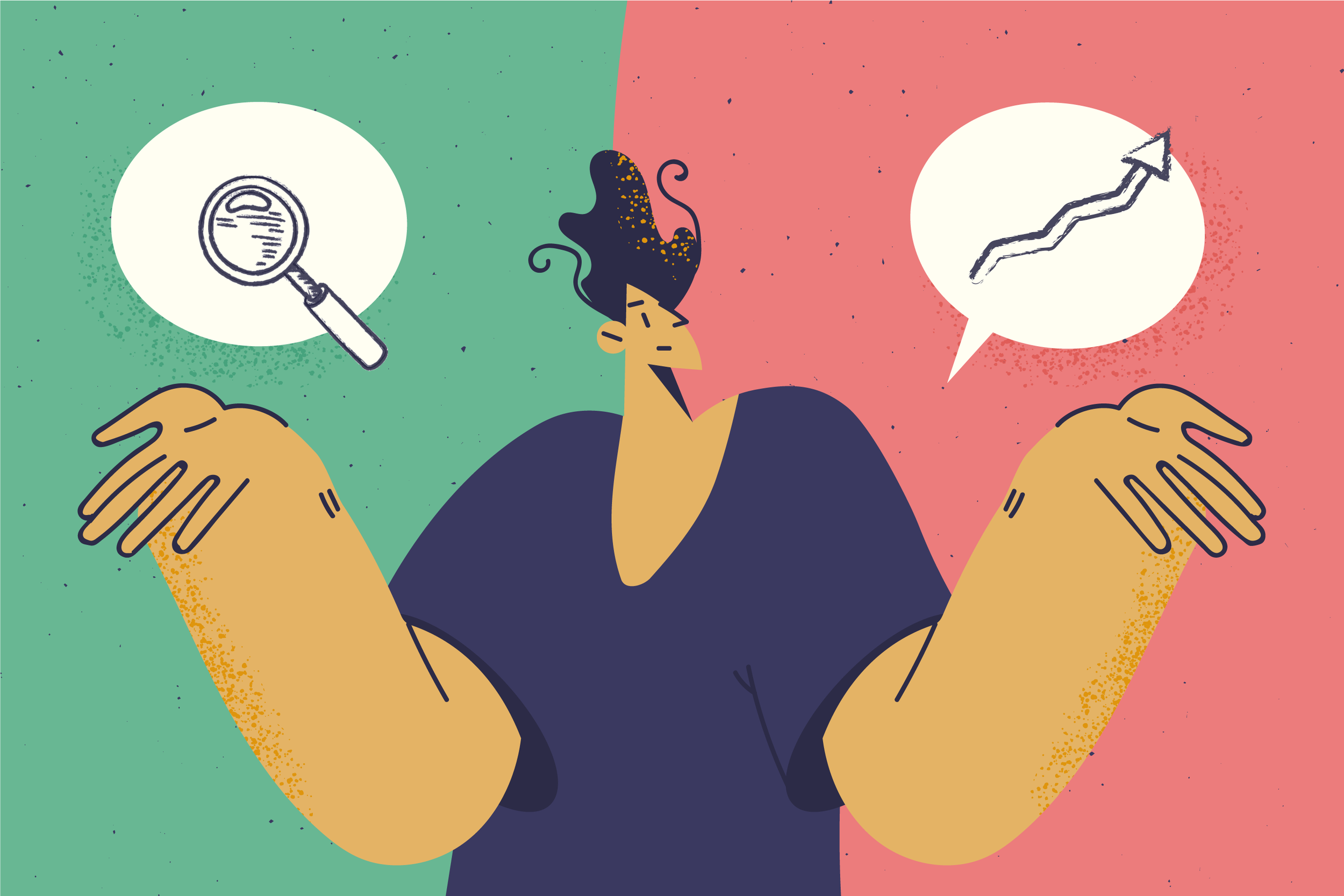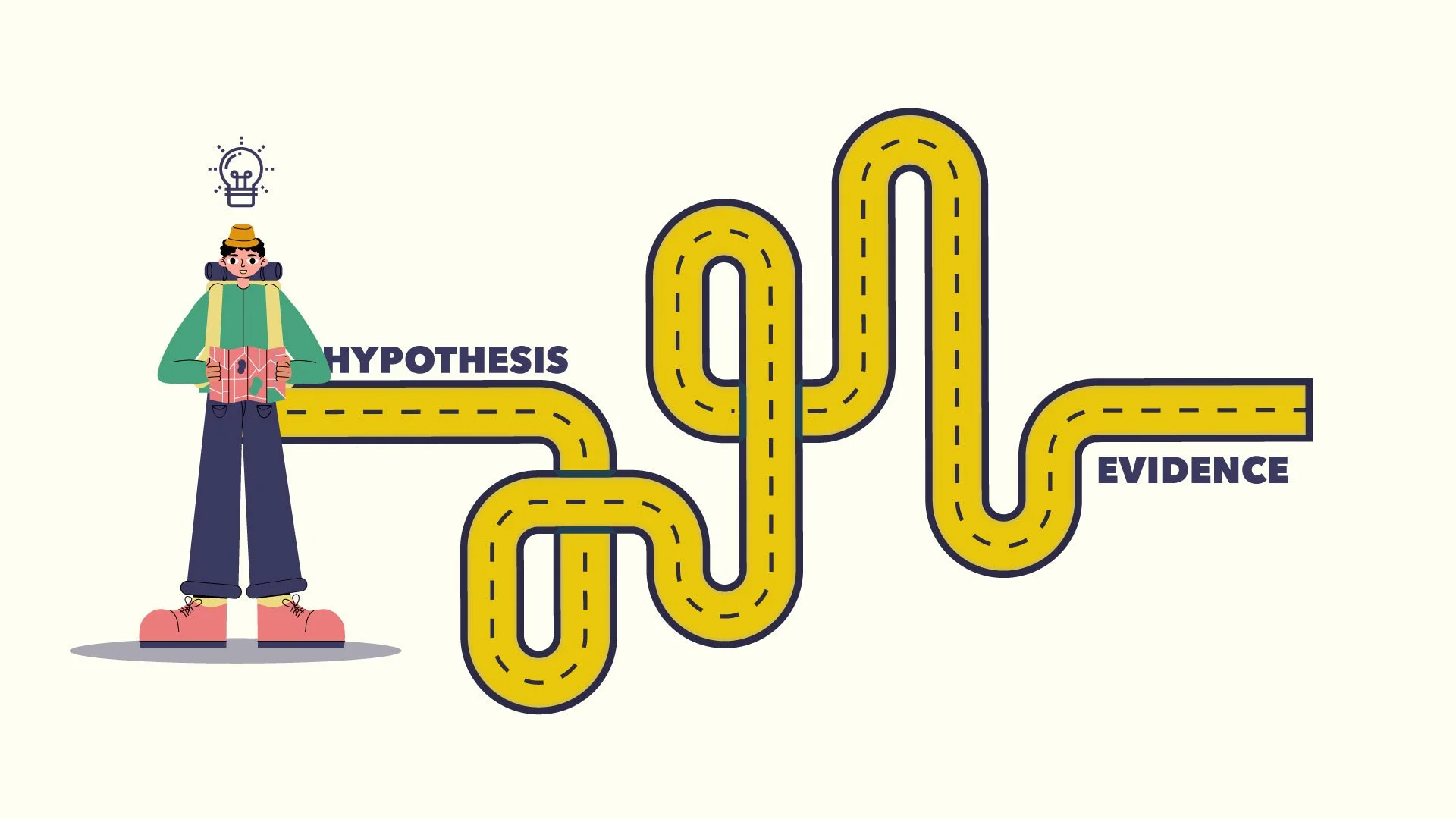When schools shut down back in March to try to control the spread of COVID-19, we at LEANLAB knew some kids would be immediately disadvantaged. We surveyed Kansas City schools then, and 12,757 students (21%) did not have internet access and 2,562 students (4%) did not have devices (laptops/computers) for remote learning
At LEANLAB, our goal is to help schools solve their biggest problems and in doing so create a more equitable education system for all students. And since March, it has been apparent that the educational digital divide remains one of the biggest problems in our schools. Suddenly, technology and connectivity aren’t just tools to augment learning, for many students, they’re the medium through which all learning happens.
And this isn’t a new problem. In the year 2000, President Bill Clinton stood before the nation during the State of the Union and pronounced, “Opportunity for all requires something else today—having access to a computer and knowing how to use it. This means that we must close the digital divide between those who have got the tools and those who do not.” In the ensuing 20 years, we’ve made huge strides toward connecting students and getting them the devices they need. However, as we assess the current state of the educational digital divide across America and right here in Kansas City, the data tells us that we have yet to fully realize this vision for equitable action of those tools. Now, twenty years later, it’s time that we deliver on that promise.
Since March, philanthropists and non-profits have stepped up in a big way to meet the most urgent needs, and there’s been commendable progress. When we surveyed the same schools this fall, they had acquired 8,033 hotspots for students and an estimated 2,445 devices; however, there’s still more work to be done.
As COVID-19 drags on, it is becoming more and more apparent that our current solution to connecting to the Internet in the home is not an ideal solution for the long term. We need a systemic solution to the digital divide.
The advent of the internet spawned an interconnectedness of our communities that wasn’t as prevalent before. It's not just the teachers and students that need affordable internet connectivity plans and schools that need sustainable funding sources to provide them; It's the entire community that needs kids to have a solid foundation and equitable education so they'll continue to improve our society as they grow up!
Even if COVID-19 were to disappear tomorrow and students went back to the classroom full time, the educational digital divide remains a monumental problem that is preventing some students from accessing an equal education. Even before the pandemic the National School Boards Association reported that 94% of low-income school districts assigned internet-based homework. During the pandemic, a Pew Research study found that “36% of low-income parents reported that their children were unable to complete their schoolwork at home, compared with just 14% of middle-income parents.”
In the 20 years since we began talking about the digital divide, a generation of students was born and matriculated through our public education system. Many of these students have found themselves woefully unprepared for a society where a computer and an internet connection are an essential part of living and working.
We cannot let another 20 years transpire before we fully reckon with our city’s digital divide. In order to ensure that all students have access to a high-quality education, we have to start by bridging the digital divide. We are proposing five recommendations for schools, Internet service providers, and policy leaders. These recommendations were crafted alongside school leaders across the Kansas City metro and represent a renewed commitment to, once and for all, give every student in Kansas City the education they deserve.











